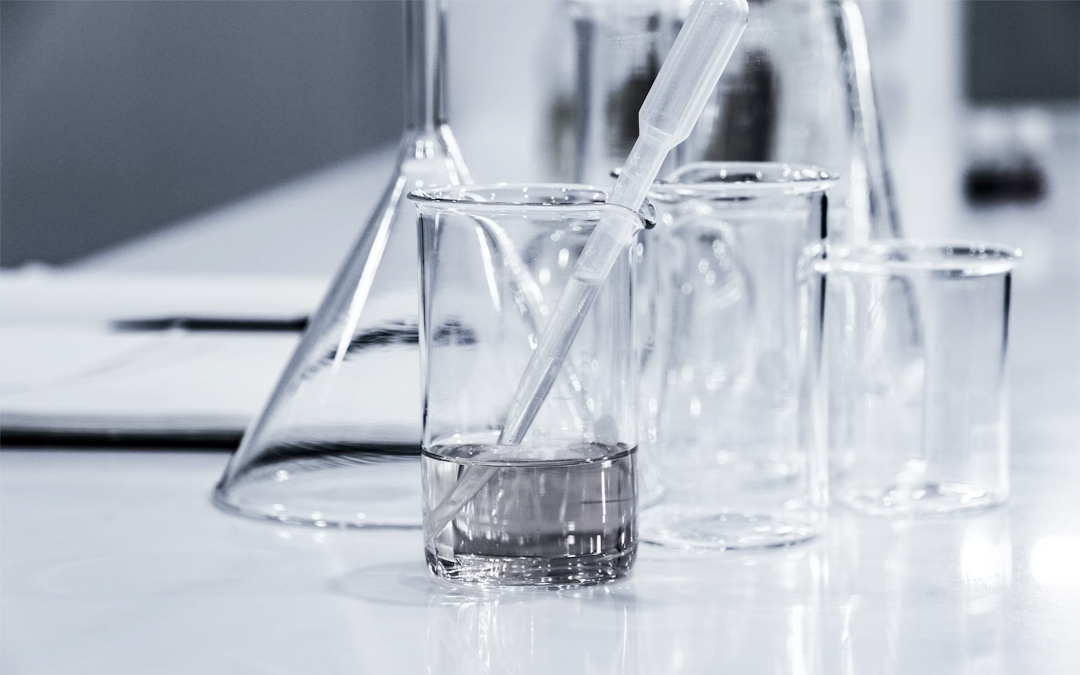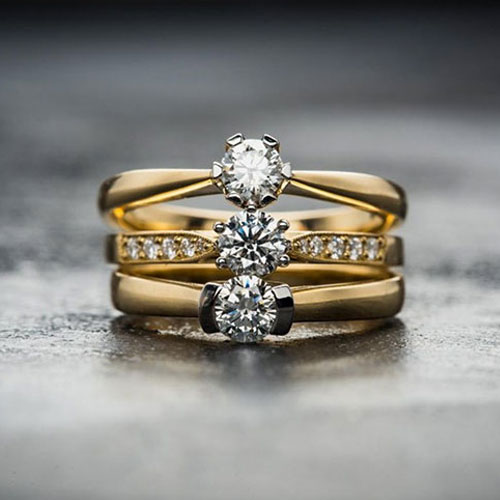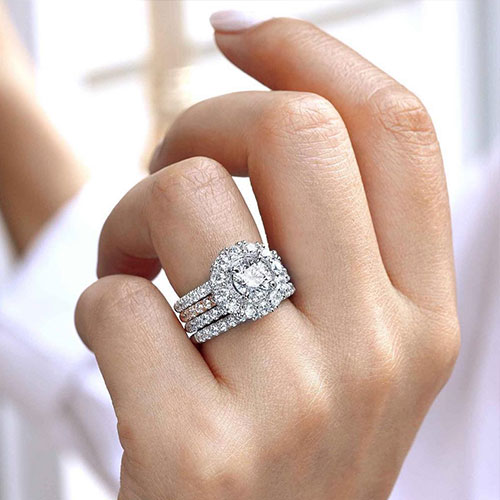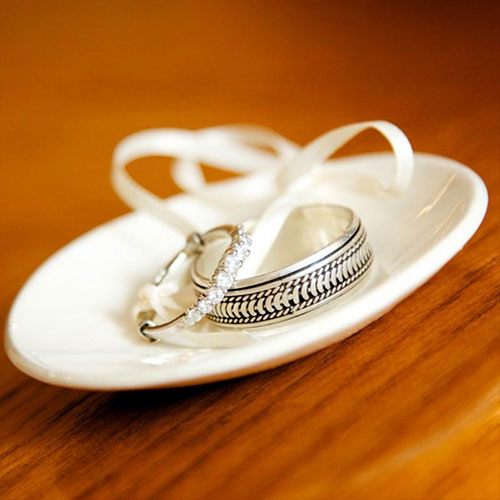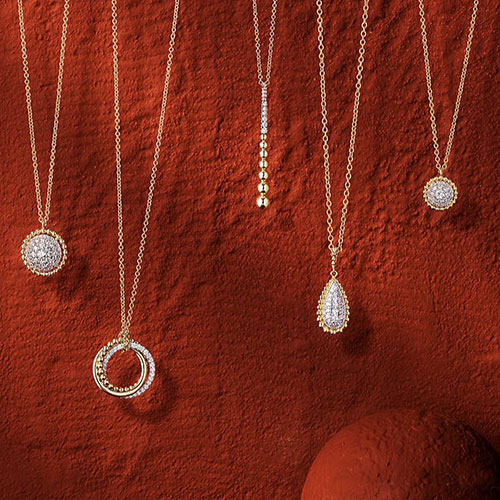The popularity of synthetic diamonds means you probably are wondering: how are lab-grown diamonds made? These crystals differ from natural stones but are visually identical to their mined counterparts. A skilled jeweler can tell if it’s natural or lab-grown, but understanding the creation process is also helpful for consumers.
What Are Diamonds?
Diamonds are minerals made up of pure carbon. They are known for their sparkle, shine, and intricate crystal designs. Diamonds are composed of one of the hardest substances on Earth and have been used as gemstones for thousands of years. The hardness factor surpasses other durable metals. Due to their stunning visual qualities and rare occurrence in nature, diamonds have an established valuable reputation.
Natural Diamonds
Natural diamond stones develop over millions of years under specific conditions. These mines are typically found about one hundred feet below the Earth’s surface. Over time and due to high heat and pressure, the carbon deposits develop into a crystalline structure.
Why Synthetic Stones?
There are several reasons why man-made diamonds are gaining in popularity. The first is because of cost: lab-grown stones are often 30% more affordable than mined ones. Secondly, developing diamonds in a lab means more available quantities. Since they are visually and chemically identical to natural stones, the ethical concerns associated with mined diamonds are eradicated with man-made options.
How Lab-Grown Diamonds Are Made
Once diamonds were established to be comprised of carbon that was exposed to heat and pressure, scientists wanted to figure out how to replicate them. This began the history of lab-grown diamonds. These stones were originally developed using a High-Pressure High-Temperature process until Chemical Vapor Deposit took over a few decades later.
HPHT
HPHT was developed to replicate the conditions under which natural diamonds are formed. In this process, a part of a diamond called a seed is placed into a chamber. This structure subjects the seed to extremely high heat – up to nearly 3000℉. These conditions melt the carbon material which allows a diamond to begin developing. However, color and clarity were not equal to natural options with this process, prompting scientists to find another way.
CVD
CVD stands for Chemical Vapor Deposit. In this process, a diamond seed goes into a chamber and is exposed to carbon-rich gas. Under high temperatures, carbon deposits develop from the gas and land on the seed. It takes several weeks for the stones to crystallize and several can be formed at one time.
Lab-Grown Diamonds Offer Stunning Quality
Using refined processes like CVD, labs can now produce diamonds that look, feel, and act the same as natural crystals. As a result, synthetic diamonds have the same clarity, chemical features, and visual brilliance without the ethical concerns that occur when mining for naturally sourced gems. The lower price point is attractive to many people as well, making man-made diamonds an integral part of the modern jewelry industry.
Ready to see for yourself? Shop CVD lab-grown diamonds at Stephen Allen Jewelers.

HOURS
Tuesday - Thursday 10:00am - 5:30pm
Friday 10:00am - 5:00pm
Saturday 10:00am - 3:00pm
